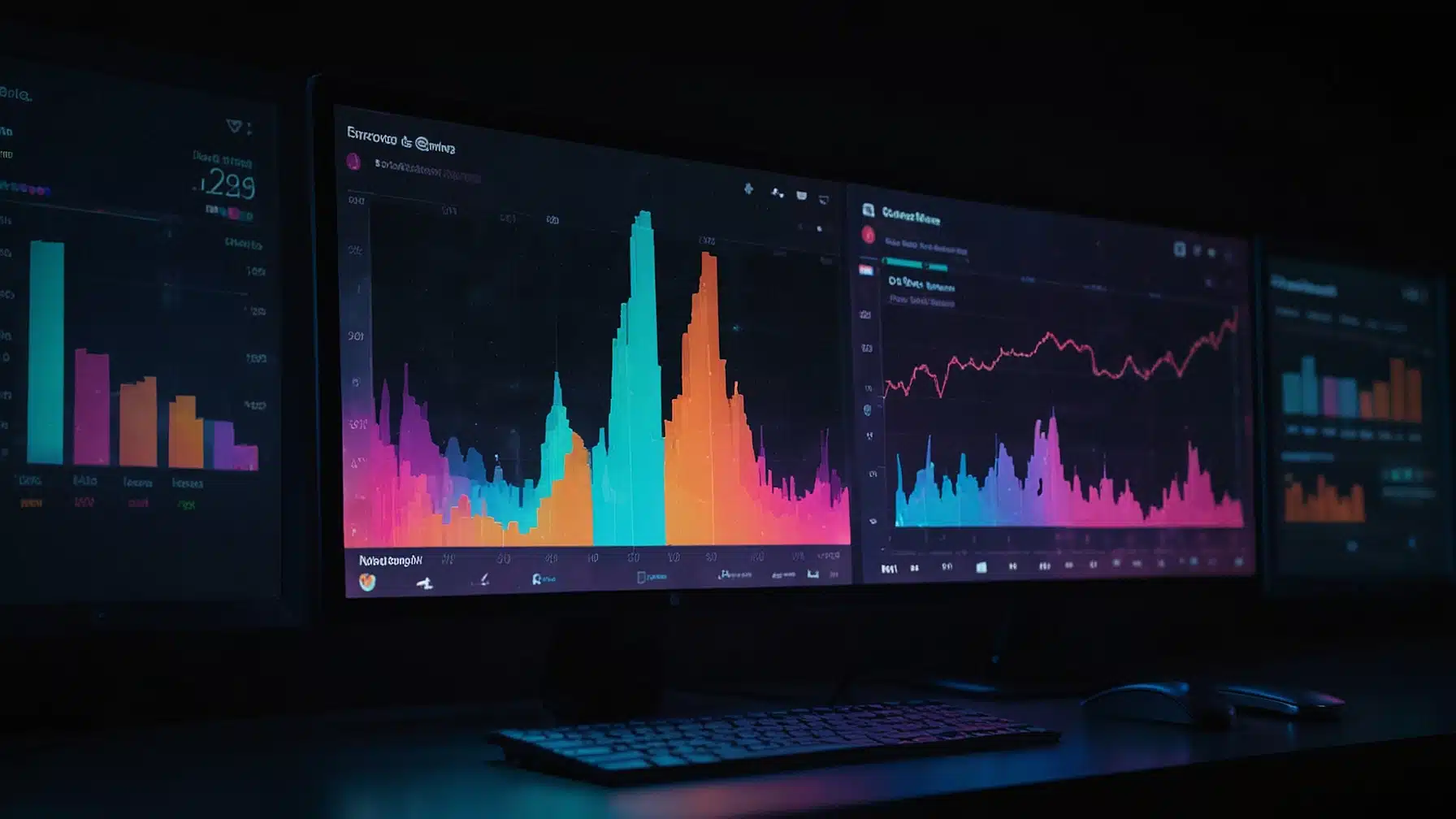Collaborating with other YouTubers can be a game-changer for your channel. By teaming up with creators who share similar interests and audiences, you can broaden your reach and diversify your content. This not only helps you tap into a new audience but also brings a fresh perspective to your videos, keeping your existing viewers engaged.
To make the most of your collaborations, it’s important to find the right partners. Look for YouTubers who have a similar audience and content style. This will make your collaboration seamless and more appealing to both sets of viewers. A well-chosen collaboration can lead to significant growth and stronger viewer engagement.
Executing collaborations effectively requires clear goals. Whether you aim to increase subscribers, boost engagement, or explore new content ideas, having a specific objective will guide your strategy. Define what you want to achieve, then approach potential partners with a plan that benefits both parties. This strategic approach will set you up for success in the world of YouTube collaborations.
Forming Successful Partnerships
Building strong partnerships with other YouTubers can boost your channel’s reach and subscriber count. The following strategies will help you identify the right collaborators, make effective contact, and set clear goals for your joint efforts.
Identifying Potential Collaborators
To find suitable YouTube partners, start by researching channels that share a similar niche. Compatibility is key, so focus on creators whose content aligns well with yours.
Tools like social media platforms can also help in finding YouTubers within your niche. Look at their engagement rates, subscriber counts, and audience demographics to see if they match your goals. Networking in online communities and attending industry events can also provide opportunities to meet potential partners.
Establishing Contact and Pitching Ideas
When you find a potential partner, reach out with a personalized message instead of a generic email. Introduce yourself briefly and mention specific videos of theirs that you enjoyed. Propose a collaboration idea that will appeal to both of your audiences. Make sure your pitch is clear, concise, and professional.
Include how the collaboration would benefit them. For example, explain how your joint project could increase their reach and engagement. This approach shows you have done your homework and are serious about the collaboration.
Setting Objectives and Expectations
Clear objectives and expectations are crucial for a successful YouTube collaboration. Discuss and agree on goals such as subscriber growth, video views, and audience interaction. Set a timeline for your project and outline each partner’s responsibilities.
Use shared documents or project management tools to keep track of tasks and deadlines. Regular communication ensures that both parties are aligned. This way, you can avoid misunderstandings and keep the project on track toward achieving your mutual goals.
Creating Collaborative Content
Creating collaborative content involves choosing the appropriate format, coordinating roles, and ensuring high quality and consistency. By focusing on these areas, your YouTube collaborations can increase audience reach and content diversity.
Choosing the Right Format
Selecting the right format is crucial for successful YouTube collaborations. Consider doing challenge videos, where both content creators participate in fun tasks. Another option is themed videos, which can attract viewers due to their unique and engaging concepts.
Collab videos like interviews or discussions on trending topics might also be effective. Choose a format that aligns with both creators’ styles and audiences. Make sure the chosen format allows for creativity and interaction, making the content engaging and memorable for viewers.
Coordinating Roles and Responsibilities
Clearly define roles and responsibilities to ensure smooth collaboration. Assign tasks such as scripting, filming, editing, and promoting the collab video. Each content creator should know their part to avoid misunderstandings and delays.
Create a shared document, like Google Docs, to track progress and maintain open communication. Specify deadlines and checkpoints to make sure every task is completed on time. Effective coordination helps in producing cohesive and professional content.
Ensuring Quality and Consistency
Maintaining quality and consistency in collaborative content is essential. Discuss and agree on video standards, including editing styles, audio quality, and visual elements. Ensure that both creators use the same or compatible equipment to maintain a uniform look.
Regularly review the editing progress together and give feedback to ensure the final product meets both parties’ expectations. Consistent quality in your collaborative efforts will result in engaging and polished videos that resonate well with both audiences.
Promoting and Leveraging Collaborations
Promoting and leveraging your collaborations effectively can boost visibility, increase engagement, and attract a wider audience to your YouTube channel. Utilize cross-promotion, engage both collaborator audiences, and closely monitor feedback and performance to refine your strategies.
Cross-Promotion Strategies
Cross-promotion involves showcasing your collaboration on multiple platforms. Share your collaborative video on your social media accounts, including Twitter, Instagram, and Facebook. Tag your collaborator to ensure both audiences are aware.
Create teaser clips from the main video to post on social media. Highlight exciting parts to pique curiosity. Collaborate with your partner on live sessions or Q&A videos, which can be promoted across both channels.
Use the community tab on YouTube to share behind-the-scenes content. Encourage your collaborator to do the same. This builds anticipation and engages both sets of viewers.
Engaging Both Audiences
To maximize engagement, ensure your content appeals to both your audience and your collaborator’s. Ask your audience questions or invite them to comment on the collaboration. This helps drive comments and likes.
Highlight your collaborator in a special intro or outro. Make sure to include their social media handles and ask your viewers to follow them. Hold giveaways or contests that require participants to subscribe to both channels.
Interacting in the comment section of your video and your collaborator’s can further enhance engagement. Respond to viewer feedback to make them feel valued and noticed.
Monitoring Feedback and Performance
Track the performance of your collaborative videos using YouTube analytics. Pay attention to metrics like views, likes, shares, and comments. Compare these to your usual content to evaluate success.
Consider using third-party tools to gain deeper insights. These tools can help track engagement across different platforms and provide reports on audience behavior.
Listen to feedback from your viewers and collaborators. This helps refine your content strategy and strengthen relationships with your audience and partners. Don’t hesitate to ask your partner for feedback too, as they can offer valuable perspectives.
Evaluating and Maintaining Collaborative Relationships
In successful partnerships, it is crucial to review the impact of collaborations on views and engagement. Effective communication and flexibility ensure that both parties benefit, maintaining professionalism and credibility.
Reviewing Collaborative Success
To evaluate the success of your collaboration, monitor key metrics such as video views, audience engagement, and subscriber growth. Views provide a quantitative measure of reach, while engagement—including likes, comments, and shares—indicates audience interest.
Seek feedback from your collaborator. Open discussions about what worked well and areas of improvement help maintain transparency and strengthen relationships. Regular check-ins and honest communication are essential.
Maintain an adaptable approach. Sometimes, unexpected results require adjustments. Being flexible demonstrates professionalism and can lead to more effective future collaborations. Successful partnerships are built on mutual respect and a willingness to evolve.








